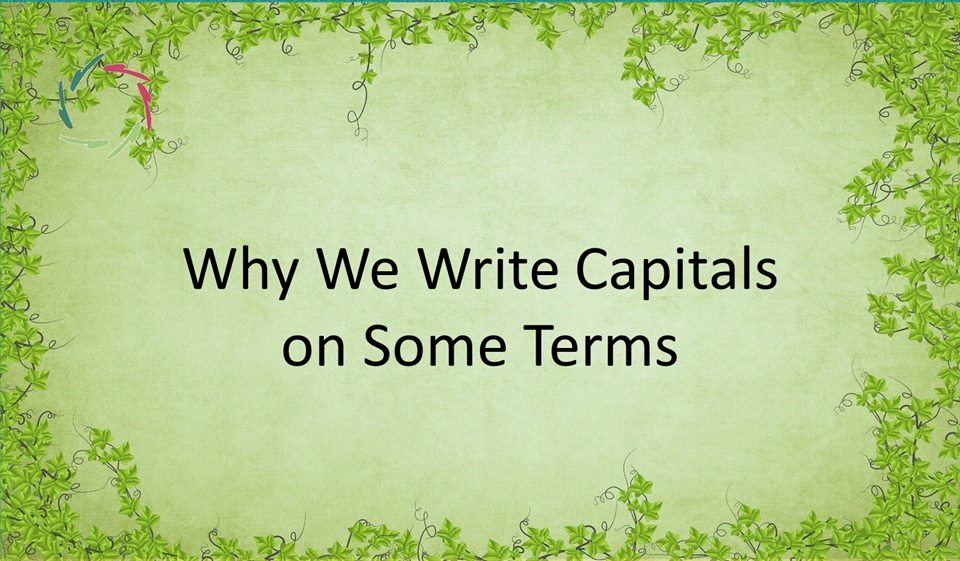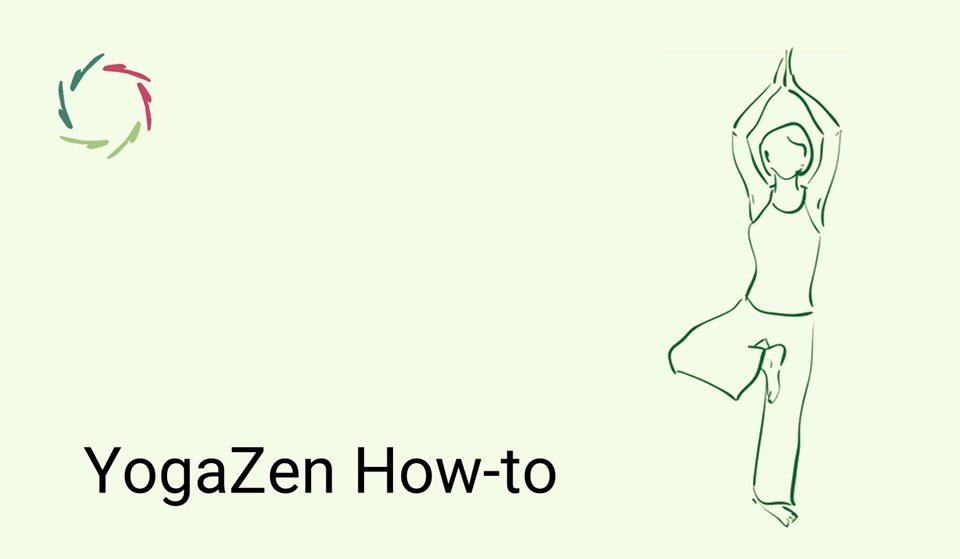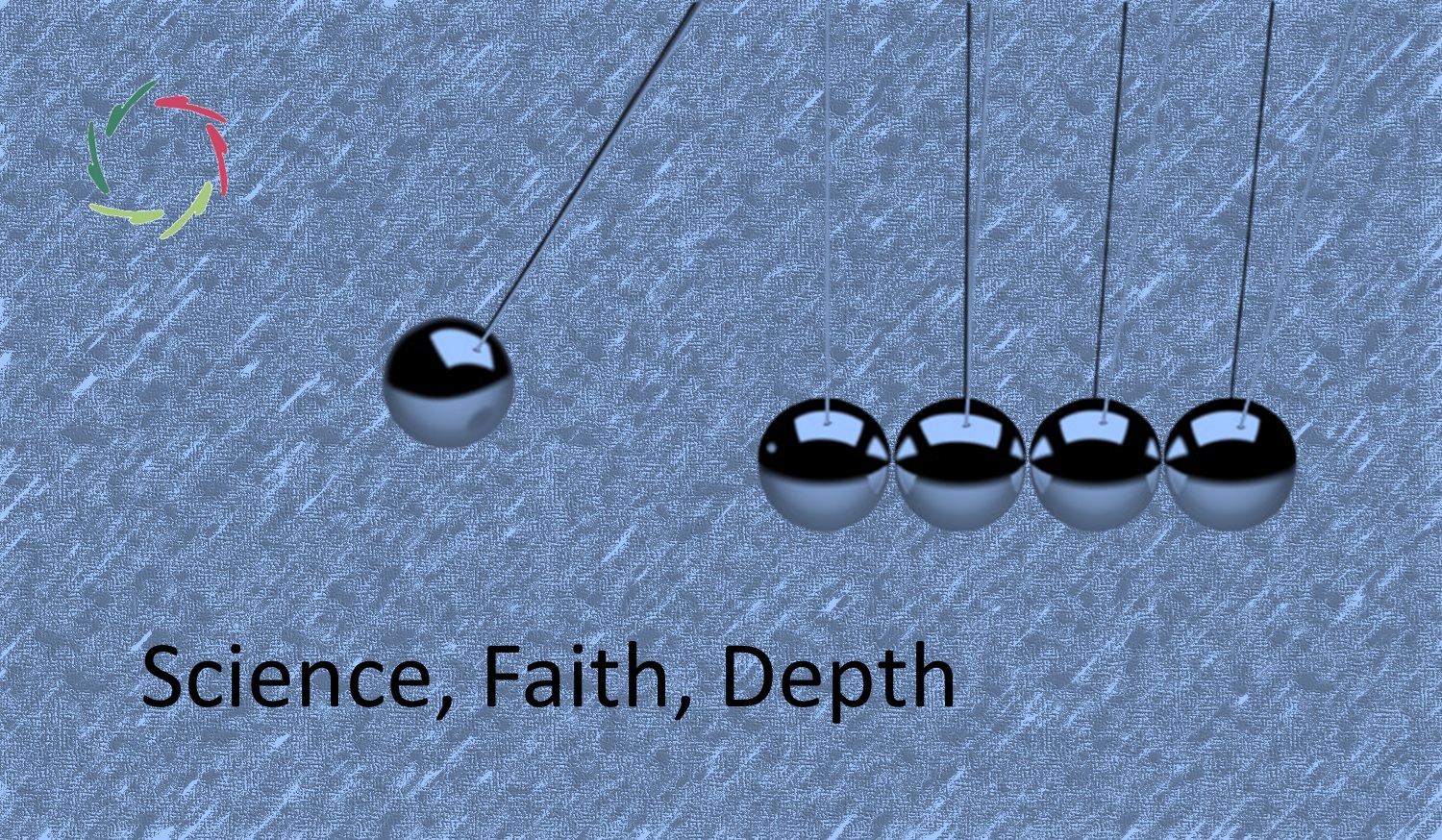Why We Write Capitals on Some Terms

Some words are more than what they appear to be. Within AURELIS, a capital letter signals not grammar but meaning. For instance, Compassion with a capital C does not refer to sentiment but to an inner force.
These words point toward something more than function. They invite a different way of seeing and a different way of being — a quiet doorway into deeper meaning and inner transformation. For instance, in ‘The Organization as Interface,’ a Contributor is not just a person in a role. A Receiver is not simply a client.
Language as subtle communication
Language is never neutral. It shapes thought even as it expresses it. That’s why, within the AURELIS framework, Capitals are used on certain terms — not to add formality, but to suggest depth. The capital letter signals a doorway into the subconceptual, the domain where autosuggestion lives and breathes.
These capitals are part of an ongoing conversation between concept and inner reality. They help form a quiet kind of autosuggestion. Not one that tells the reader what to think, but one that opens the space for something deeper to be felt and discovered. In The Battle of the Future, the call to transcend mere-ego depends precisely on this kind of invitation — a subtle, inner shift that changes everything.
The five Aurelian values in a capital
Each capital carries with it the weight – and the lightness – of the five Aurelian values. It opens a space (openness) where meanings are not imposed but explored. It points to something beneath the surface, something that can’t be reduced to definitions (depth). It honors the total person, in the words and in the reader (respect). It offers a direction to follow freely, if one wishes, without demand (freedom). And it remains consistent in its intention — not rigid, but sincere (trustworthiness).
This isn’t a technique. It’s a way of writing – and reading – with awareness of the whole person. One might say, a quiet ethical stance through typography.
The capital as a living symbol
What is a capital letter, really? It’s a vertical stroke, rising. In this blog, it rises for a reason. It lifts a word above the line of plain text — like a flag quietly raised, or a stem reaching upward. But it doesn’t only go up. It also goes down, into meaning, into depth. It becomes a marker of transcendence: this is no longer flat ground.
That stroke becomes a kind of vector, pointing toward what is higher in inspiration and deeper in being. It’s a subtle reminder that even the most ordinary word may carry a presence. The capital says, “Look again.”
Capitalization as a quiet rebellion
In an age of scrolling and scanning, a capital letter – out of place, it seems – makes us stop. It interrupts, gently. Not to impose, but to invite. It doesn’t demand attention through bold or italics. It doesn’t shout. But it does stand still.
In a world of acceleration, that stillness is a quiet rebellion. As Lisa says in Three Waves of Attention, we live between an outdated second wave and an emerging third. This capital belongs to the third. It insists on depth where most would scroll past. It is resistance by reverence.
When reading becomes inner reading
There’s a moment when reading a sentence, and suddenly a capitalized word appears — not at the start, but midstream. Something happens. The automatic flow pauses. And in that space, the reader may not only read the word but feel what it evokes inside.
This is the moment of inner reading. It’s no longer just comprehension. It becomes resonance. The capital acts like a quiet spotlight — not on the word itself, but on the place it touches in the reader. This is where autosuggestion begins — not by dictating content, but by creating space for an experience to unfold.
An echo of sacred writing, without the dogma
Ancient scribes often marked sacred words with special signs or capitals to show reverence. The capital in AURELIS-writing echoes that, but without dogma. It doesn’t signify belief. It points to the sacred as inner reality. The sacred is no longer on a pedestal. It’s in the heart, in the body, in the pattern.
That pattern is the subconceptual, and it can be approached rationally, without mystification. In this way, writing becomes a bridge between old reverence and new clarity. The capital whispers: This, too, may be sacred because it is deeply human.
The writer as facilitator, not master
To capitalize a term is not to dictate. It’s to offer. In writing this way, there is no claim to know what the word must mean for the reader. The capital is a gesture of trust. It says, you may enter if you wish. It’s an Invitation, never a command.
And if the reader responds, something begins — a dance of presence. Like in Lisa-CBT, the method is less important than the intention behind it. The writer leads without leading. The reader follows freely, in his own way.
A note on humility
This kind of writing – this capitalizing of meaning – comes from humility. It does not pretend to capture truth. It acknowledges that truth is personal, living, and always in motion. The capital shows direction, not destination. Readers should follow into their own inner landscapes, discovering different things.
And because of this, the text becomes more alive. Not by pinning down meaning, but by evoking it. Not by being complete, but by being open.
A portal to the future
This is not just about typographic style. It is part of a larger shift — a new kind of Enlightenment. Not one of domination over nature, but one of integration with inner nature. It’s about moving from mere-ego to total-person, from flattened function to meaningful presence.
The aim is not to elevate terms artificially, but to reveal what was always there if only we pause to notice. In this small gesture lies the quiet start of something larger: the future of a deeper kind of humanity.


